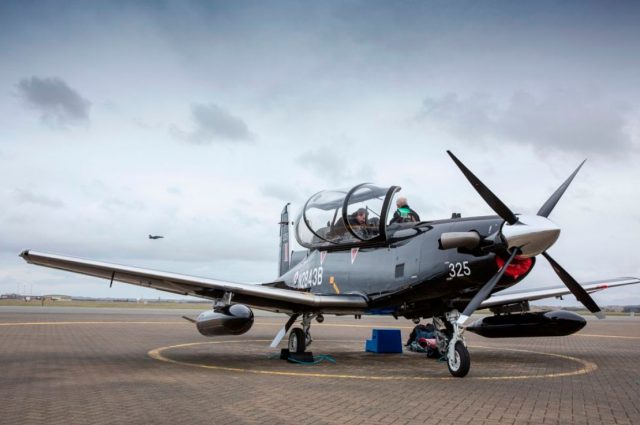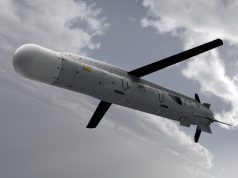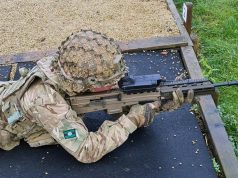The UK Defence and Security Accelerator (DASA) has launched a “market exploration” effort to get an insight into possible net-zero options for the next generation of light flying training aircraft.
This market research is being run on behalf of the Royal Air Force and seeks information on the development of relevant technologies and systems that are in development and maturing over the coming four years.
“The UK government and the RAF have set targets for achieving net zero carbon emissions by 2050 and 2040, respectively. To help reach these goals, the next generation training aircraft must be more environmentally friendly, utilizing a sustainable fuel source such as electric or hydrogen which will produce zero carbon emissions at the point of use,” DASA said in an announcement.
The UK armed forces currently use a propeller driven, fossil fueled light training aircraft for pre-service entry flying training, grading and assessment.
This includes Royal Air Force University Air Squadrons (UAS) and Air Experience Flights (AEFs) and Flying grading and streaming (Army and Royal Navy).
All three services require the ability to develop qualified flying instructors in key skills, including unusual attitude and spin recovery training, the ability to operate under Instrument Meteorological Conditions (such as flight in cloud or without reference to an external horizon), or operating under Air Traffic Control in closely managed airspace.
Among the main qualities the next generation light training aircraft is expected to posses are a powertrain that is zero carbon emissions at the point of activity, a dual control, side by side two seat configuration with fixed undercarriage that can operate from both grass and hard runways.
The platform should also demonstrate indicative performance requirements – an operating endurance of around 90 minutes and require no more than 20 minutes turnaround time between flights. This will include replenishment of the powertrain energy source.
More information on the market research is available here
The pivot to greener aircraft for pilot training seems to be gaining traction, as Denmark and Slovenia already announced earlier this year they would evaluate using electric aircraft as their trainers. While both countries have already bought aircraft for testing, the definitive decisions on whether to switch to all-electric options will depend on extensive trials over the next years.



























